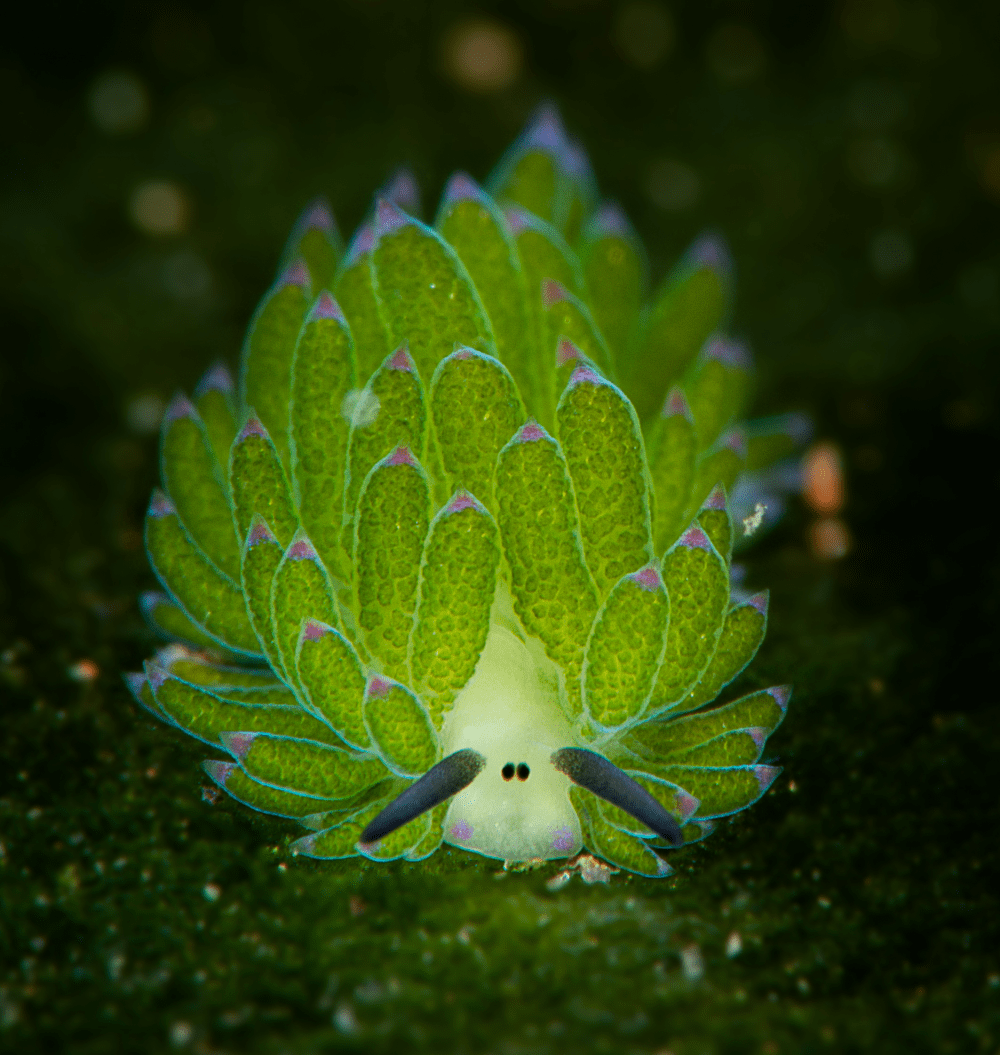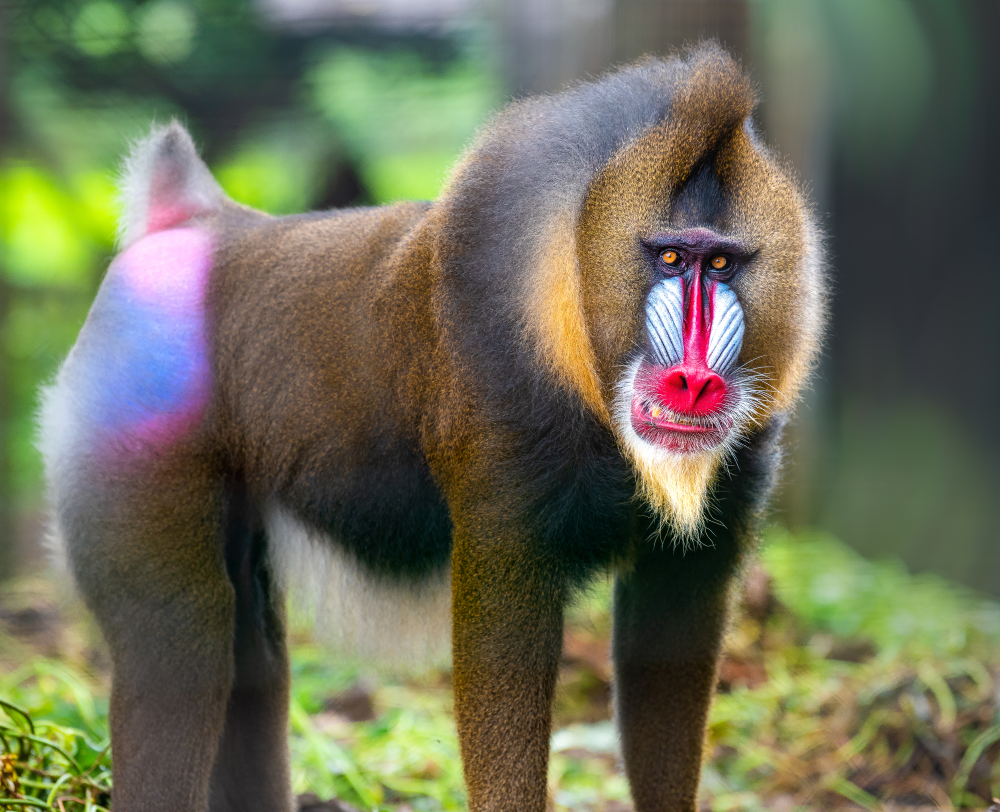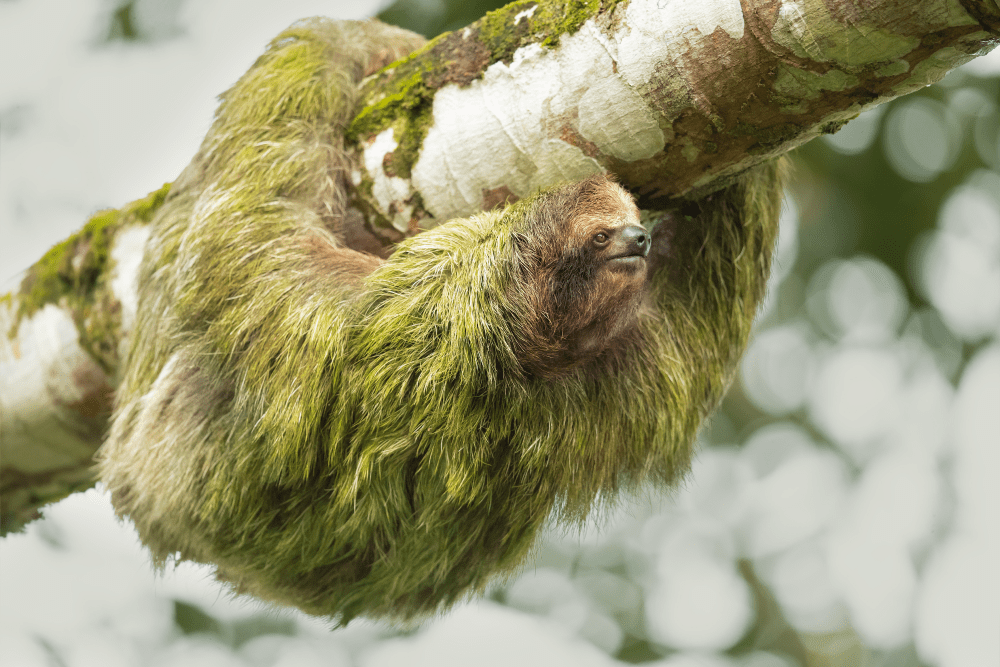Has anyone ever tried to milk the Grinch? We know it’s a weird point to start on, but as a fluffy, bipedal animal, you’d be tempted to qualify it as a mammal. And that got us to thinking: why aren’t there any green mammals?
They say absence of evidence isn’t evidence of absence. By that thinking, it could be argued that just because we haven’t found any mammals covered in voluminous green fur just yet, it doesn’t necessarily mean they don’t exist (has anyone checked Mount Crumpit?). Stranger things have certainly been found across the animal kingdom, and when it comes to green nobody’s doing it better than the sacoglossans. As a group of “solar-powered sea slugs”, they’re able to energize themselves through photosynthesis by taking chloroplasts from their diet and building them into their own cells.
However, when it comes to evolution, we can expect to see certain limitations present across groups of animals.
While the sacoglossans can be as green and self-decapitatingly strange as they like, mammals’ coloration is more restricted, being largely decided by fur or hair which has specific properties, including pigments. While vivid shades of orange can be achieved through ginger hair, turning into the Grinch may be just out of our fuzzy-fingered reach.

It actually is easy being green for sea slugs. Image credit: Bass Supakit / Shutterstock.com
Fun as it might be to imagine a grass-green pygmy possum hiding from human eyes in the Australian bush, zookeeper at ZSL London Zoo, UK, Shannon Farrington, explains to IFLScience why what we know about wider mammals tells us that we won’t find any green ones.
What are the key evolutionary drivers that influence an animal’s appearance?
SF: There will be a few factors at play here, one of which is female sexual selection. Whichever male impresses the female most will get to breed, and whether that’s the strongest, loudest, most colorful will all depend on the species.
Another driver will be the animals’ adaptations. For example, a longer neck can make it easier to access food. If an animal doesn’t possess the adaptations needed to thrive in its habitat, then there’s less of a chance it’ll make it to adulthood, never mind being able to reproduce!
What are some of the weirdest colorations among mammals?
SF: I think it depends on what you mean by weird, but in terms of the brightest I’d probably have to say some of the members of the primate family, such as mandrills. Both the face and the posterior of the males are an incredibly striking combination of blue and red to help them attract females and show their dominance.

You’ve got to admit, the strangeness of mandrills is pretty striking. Image credit: mbrand85 / Shutterstock.com
What are the constraints on how colorful mammals can be?
SF: Just like humans, other mammals are constrained by evolutionary history. Would it be useful to have blue or green skin or pink eyes? Would it help us to survive any better than we already do? Many animals have undergone thousands of years of development to become exactly what they need to be to survive.
So… are there any green mammals?
SF: No, there aren’t any mammals born with green colouration. The closest animal I can think of to the color green is a sloth. Sloths have special hairs and each one is full of grooves; these grooves collect debris from the external environment, which in the case of the South American rainforest is warm and very humid. This means you’ll find sloths carrying around lots of algae and fungi making them look green. It works great for an animal that’s trying to camouflage in its surroundings to avoid predators.
Not only do they end up looking like trees, but they smell like them too! The sloth’s fur becomes its own little micro-environment.

Sloths are about as close as you’re gonna get to a green mammal. Image credit: Milan Zygmunt / Shutterstock.com
Why aren’t there any green mammals?
SF: The reason you won’t find any green mammals is because hair doesn’t produce green or blue pigments. It’s the same as in humans – there are lighter pigments, such as blonde and oranges, and then darker pigments, like browns and blacks. No combination of those could create a shade of green.
Now, fetch us a pale. We’re off to find The Grinch.
This article originally appeared in issue 5 of CURIOUS, IFLScience’s e-magazine.
Source Link: Why Are There No Green Mammals?